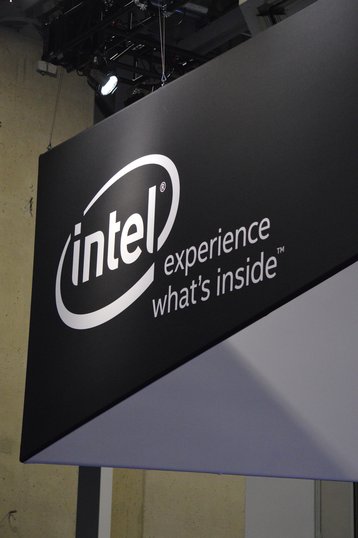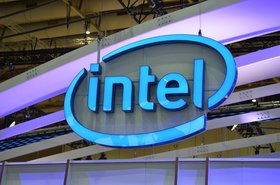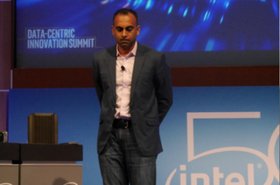Intel's new CEO Pat Gelsinger is restructuring the company, splitting its Data Platform Group into two units, and creating new groups to focus on HPC and GPUs.
As part of the reshuffle, the company's top data center executive, Navin Shenoy, is leaving the company.
Intel’s Data Platform Group will be chopped into two groups.
The first, 'Datacenter and AI,' will be all about data center products for enterprise and cloud - including Intel Xeon, FPGAs, and AI chips. It will be led by Sandra Rivera, previously Intel’s chief people officer.
The second will be a new 'Network and Edge Group,' focused on the intelligent Edge. It will be led by Nick McKeown, co-founder of Barefoot Networks. He has been working part-time at Intel since it acquired Barefoot in 2019.
Alongside these two groups, another two will be formed to explore emerging business areas.
A new Software and Advanced Technology Group will aim to create a unified vision for software, led by Greg Lavender. Now Intel's CTO, he was previously VMware's CTO - where he worked with Gelsinger.
It is joined by the Accelerated Computing Systems and Graphics Group, which will target high-performance computing and graphics processing chips. Raja Koduri will lead the unit, after spearheading Intel's Xe GPU efforts since 2018. He joined Intel that year after having successfully relaunched AMD's GPU lineup.
“Since re-joining Intel, I have been impressed with the depth of talent and incredible innovation throughout the company, but we must move faster to fulfill our ambitions,” said Gelsinger.
“By putting Sandra, Raja, Nick, and Greg – with their decades of technology expertise – at the forefront of some of our most essential work, we will sharpen our focus and execution, accelerate innovation, and unleash the deep well of talent across the company.”
Shenoy, who worked at Intel for 26 years and led the DPG group, will leave on July 6.
The restructure comes as Intel loses market share to AMD, and the overall x86 space comes under assault from other architectures, including Arm. Intel's process node technology has seen years of delays, and its once vice-like grip on the data center market has loosened considerably.
Under Gelsinger, the company is looking to recover ground while transforming into a company ready for a more heterogeneous compute world. As part of its change, Intel launched a foundry business this year, the first time it will manufacture chips for other companies at scale.




